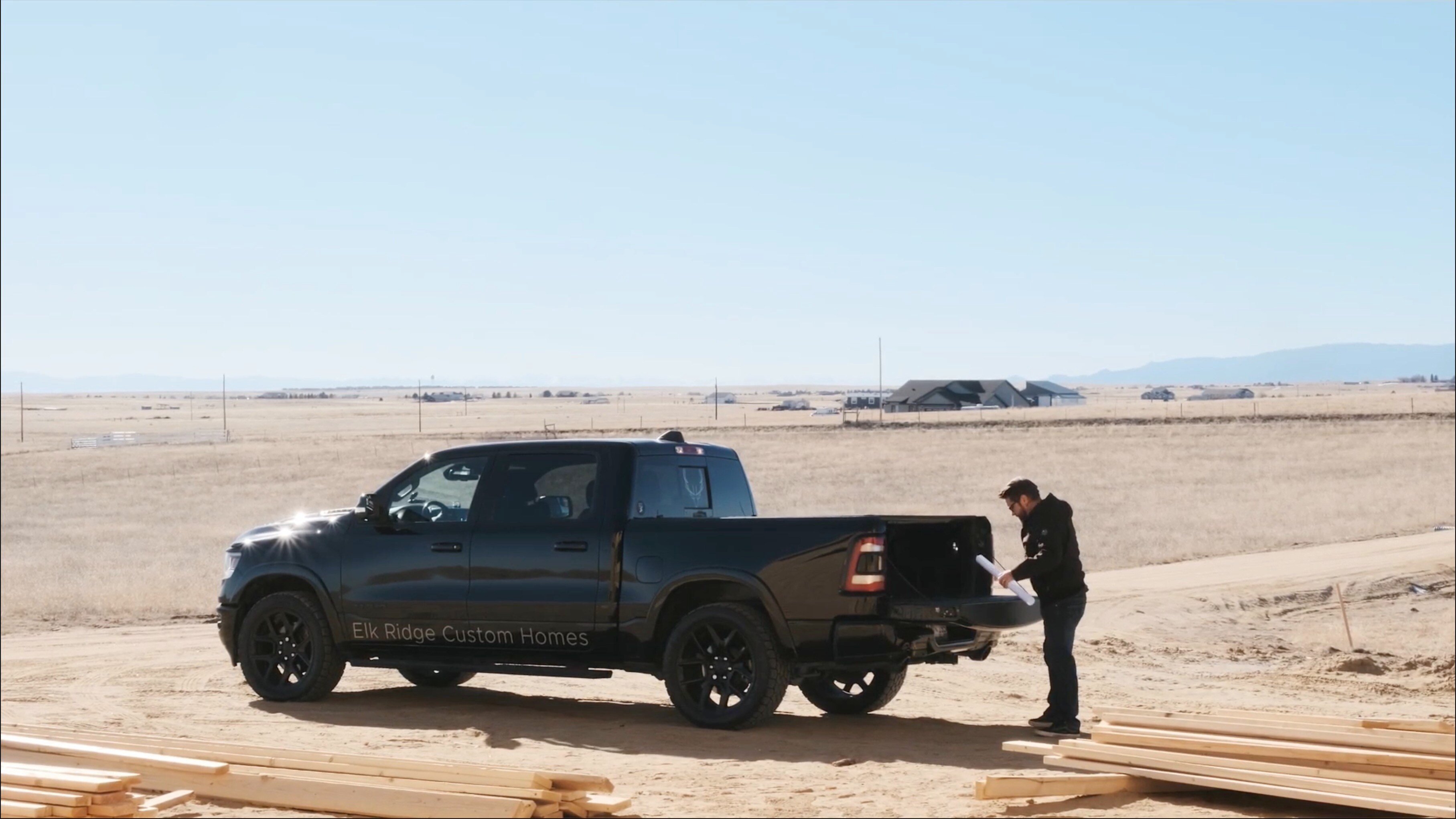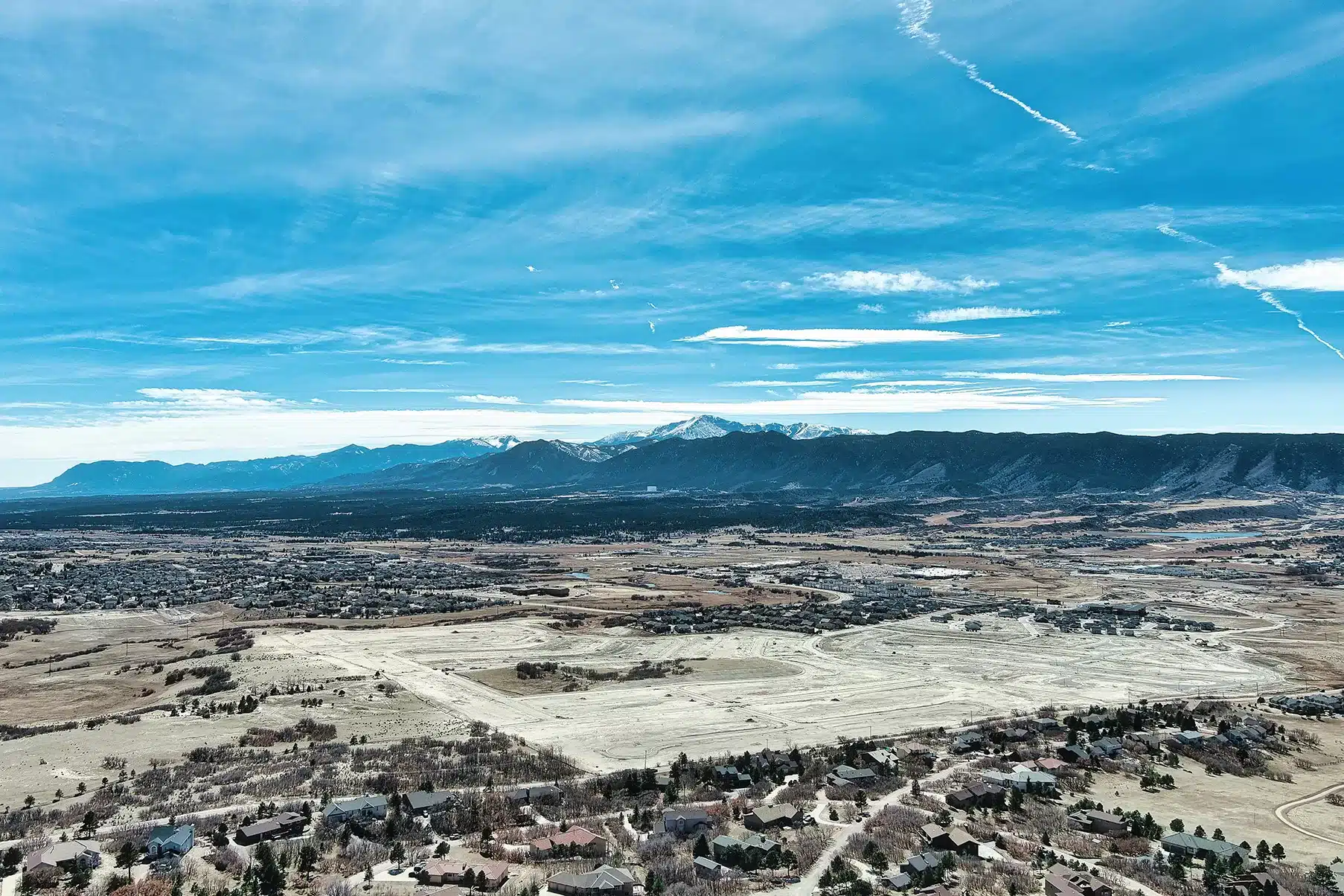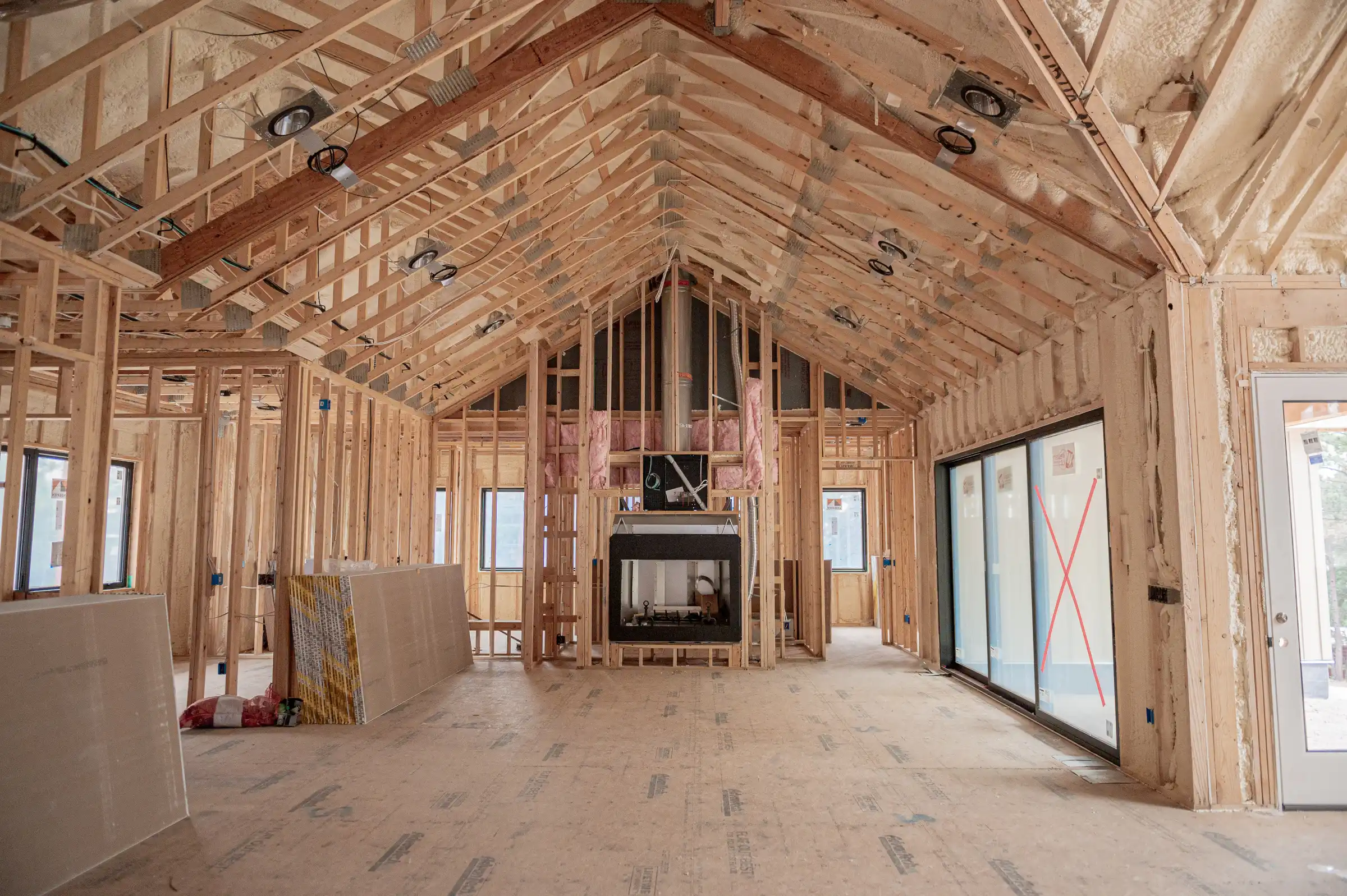Ultimate Custom Home Buyers Guide:
Colorado Springs, Monument, & Black Forest
How to pick a custom home builder in Colorado | An Elk Ridge Custom Homes guide

Once you've decided that building a custom home is the best way to achieve your dream home, the next step is finding the right builder who can bring your vision to life while making the process enjoyable and stress-free. But how do you start? This guide will help unpack the different types of builders and programs available so you can make an informed decision about your journey. Happy reading!
Interested in building with us?
Head here to request a free project consultation.
Choosing a builder
Depending on your location, you likely have several custom home builders to choose from. If you don’t have a referral from someone you trust, how do you decide? Should you look for a high-volume builder or opt for a smaller company that emphasizes quality and attention to detail? Here are two key aspects to consider when selecting a builder:
- Design and Build Quality
- Look for a builder who is meticulous, uses top-tier materials, and delivers homes that are not only functional but stunning.
- Client Experience
- Choose a builder with excellent project management, communication, and back-office operations to keep your project running smoothly.
Start by reading Google reviews. Patterns in reviews—whether positive or negative—are often indicative of what you can expect. Narrow your choices to two or three builders and interview them (without mentioning you’re interviewing others). Trust your instincts during these meetings. Once you find a standout candidate, ask for references from both past and current clients. When contacting these references, ask tough questions to get a complete picture of their experience:
- Why did you choose this builder?
- How did they handle the timeline and budget?
- Was their communication effective?
- Did you ever feel they were dishonest?
- Were you treated with respect?
- Is there anything they got wrong?
- Would you work with them again?

Cost-Plus or Fixed Price
Builders typically offer either a cost-plus or a fixed-price contract. Your choice depends on your comfort level and priorities:
- Cost-Plus Contracts
- The builder charges their cost plus a percentage for overhead and profit. This offers potential savings but involves more risk for market fluctuations and requires close monitoring of the budget.
- Fixed-Price Contracts
- The builder provides a total price that includes a buffer for fluctuations. This option is more predictable and stress-free but can sometimes be more expensive upfront.
Design | Build or Architect + Builder or Semi-Custom
There are three primary approaches to custom home building:
- Design | Build Firms
- These firms have in-house design teams that collaborate with the builder from start to finish, ensuring budget alignment and seamless integration.
- Custom Builders with External Architects
- Clients work with an architect to design their home, and the builder executes the plan. Be cautious of architects who might not be mindful of budget constraints, as this can lead to costly redesigns.
- Clients work with an architect to design their home, and the builder executes the plan. Be cautious of architects who might not be mindful of budget constraints, as this can lead to costly redesigns.
- Semi-Custom Builders
- These builders offer pre-designed plans with limited customization options. While they may allow for some tweaks, they don’t provide the same level of personalization as a truly custom home.
.webp)
Construction Loan
Building a custom home usually requires a construction loan. Most custom builders don’t offer financing, so you’ll need to find a bank with a suitable program. Smaller, local banks often provide better terms than large national institutions. If you’re still searching for land, you may need a land loan first, which can later be rolled into the construction loan.
For more info on this, check out our article on Financing A Custom Home.
Land/site Purchase
While a small percentage of custom home builders own lots they sell as part of a package with their building services, most truly custom homes are constructed on land owned by the client. Many of our clients come to us already owning land or with a clear idea of where they want to build. However, for some, it’s a “chicken-or-egg” scenario: should they purchase land first or choose a builder first? Either approach works, but if you’re searching for land while planning your home, we’re here to help.
Our team provides expert guidance on potential land choices, identifying possible challenges like zoning restrictions, topographical concerns, or utility access. This proactive approach ensures you make an informed decision and helps avoid costly surprises down the line.
Please read our article on Custom Home Prices for more details about things to consider when purchasing land in Colorado. If you don’t know how to start your land search, you can use a realtor or start by searching sites like https://www.landwatch.com or https://www.zillow.com.

Design
If you choose to work with us and follow the Design | Build approach, the process begins with you completing a detailed questionnaire. This helps us understand your needs, wants, lifestyle, and design preferences. Once we’ve reviewed your questionnaire and assessed the views and features of your land, we’ll start from scratch—literally—with a blank piece of paper. From there, we’ll create a custom layout and design that maximizes your land’s potential. This process typically takes several weeks to several months, depending on the complexity of the project. For more insights on designing a custom home, take a look at this article we wrote about the process.
If you opt to work with a builder who uses an outside architect, you’ll follow the architect’s design development process. Each architect has a unique approach, but most estimate the design phase will take 3–6 months. Be aware that some architects may prioritize their own vision over your input, as they view themselves as the experts. Don’t hesitate to stand firm on your ideas and advocate for what’s important to you. If you feel unheard, involve your builder for support. A good architect will balance smart design decisions with your vision and budget to deliver a design that aligns with your goals.
For a semi-custom home, the design process is usually more streamlined. You’ll choose from pre-designed elevation options and select configurations like basement layouts or loft designs that suit your needs. In some cases, builders may offer limited reconfiguration options for an additional cost, providing a semi-customized solution tailored to your preferences.
Selections
Every builder will guide you through selecting finishes and features. Approaches vary:
- Package Options
- Pre-selected sets to choose from.
- Limited Options
- A few choices within each category.
- Fully Custom
- Carte blanche to choose anything, often with the help of a designer.
At Elk Ridge, we collaborate closely with you, gathering inspiration and must-haves to curate a tailored suite of selections. We then refine these choices together to ensure every detail is exactly what you envision.

Budget Creation
Once plans, engineering, and selections are finalized, the builder assembles a comprehensive budget. For cost-plus contracts, this provides transparency into actual costs. For fixed-price contracts, this establishes the agreed-upon total cost with minimal allowances.
Contract(s)
We use a two-contract system: one for design and estimation and another for construction. This approach ensures you’re fully informed and comfortable with the design and budget before committing to the build. While most builders use a single contract, it’s wise to have an attorney review any agreement before signing.
Build Phase
Every builder has a unique approach to construction. At Elk Ridge, we start by meeting on-site to finalize the home’s placement. From excavation to finishing touches, we keep clients informed through regular site visits and an online project management portal. This transparency ensures you’re always up-to-date on progress, schedule, and budget.

Conclusion
The success of your custom home project depends on choosing the right team. While no build is without challenges, a good builder will handle issues with professionalism and care. Ask hard questions, hold your builder accountable, and trust the process. If you’re ready to start your journey or have questions about building in Colorado, fill out the form below for a free consultation. We’d love to help make your dream home a reality.

About The Author - Phil Jung
Phil Jung is one of the founders of Elk Ridge Custom Homes. He has 30+ years of construction and design experience and is the Architectural Designer for the firm.